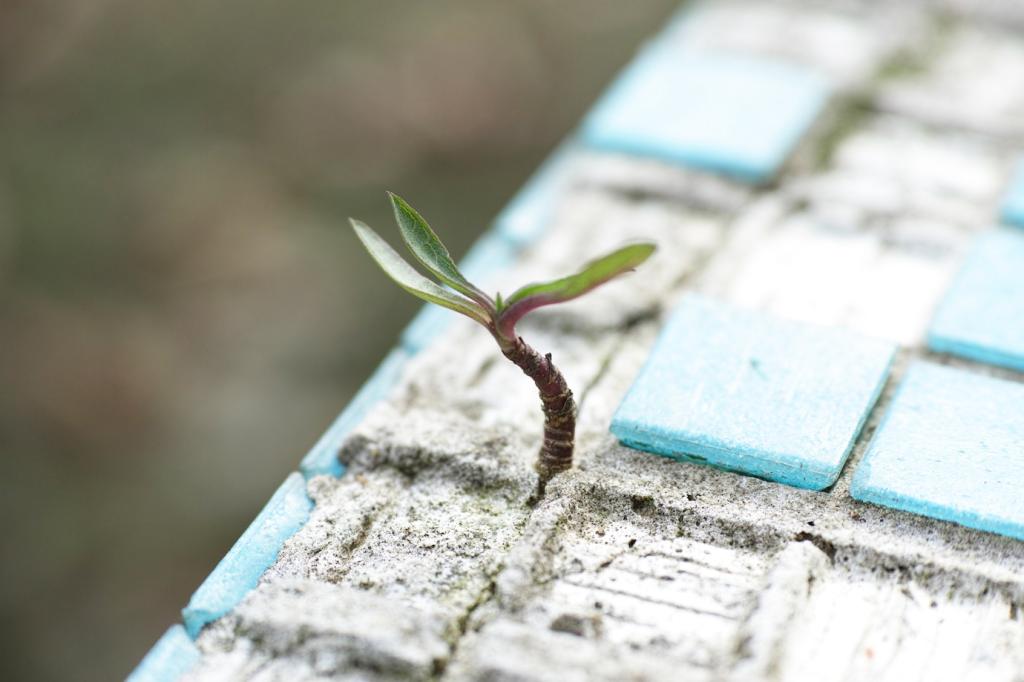Eco-Friendly Materials for Interior Decoration
Chosen theme: Eco-Friendly Materials for Interior Decoration. Step into a home that breathes with natural finishes, responsible textures, and timeless character. Discover materials that respect the planet, feel great to live with, and turn every room into a story worth sharing—subscribe and join our green design community.

What Defines an Eco-Friendly Material
Eco-friendly materials minimize environmental harm across their life cycle. Look for renewability, recycled content, low embodied carbon, and ethical sourcing. Ask how it was made, transported, installed, maintained, and eventually reused. Share your criteria in the comments to help others choose.
Certifications You Can Trust
Labels like FSC and PEFC for wood, GREENGUARD Gold for low emissions, Cradle to Cradle for circularity, and the Blue Angel for sustainability provide confidence. When shopping, compare Environmental Product Declarations and ask suppliers for documentation. Save this tip and subscribe for our updated certification checklist.
Healthier Air, Happier Home
Low- and zero-VOC paints, adhesives, and sealers protect indoor air quality, reducing headaches, allergies, and lingering odors. Ventilate during application, and prefer water-based products whenever possible. Have a favorite brand that worked well for you? Tell us so others can benefit.

Limewash and Clay Paints
Mineral-rich limewash and clay paints create soft depth and allow walls to breathe, helping manage moisture. They develop gentle patina over time, giving rooms an organic calm. Post your wall transformations and favorite hues to inspire our community’s next palette.

Plant-Based Oils and Waxes
Finishes made from linseed, tung, or carnauba wax nourish wood and highlight grain without harsh solvents. Test on a sample first to perfect sheen and tone. If you discovered a great, durable oil blend, share your recipe and application tips with readers.

Natural Plasters and Earthen Layers
Clay and lime plasters add tactile texture, regulate humidity, and provide subtle acoustic comfort. They pair beautifully with reclaimed timber and woven fibers. Considering a feature wall? Ask us questions below, and we’ll suggest mixes and tools that match your style and skill level.
Sustainable Flooring Underfoot
Harvested from bark without felling trees, cork cushions steps, dampens sound, and insulates rooms. Choose low-VOC adhesives and high-quality sealers to extend life. Have pets or kids? Comment with your durability experiences so others can plan confidently.
Mature in a few years, bamboo planks offer impressive hardness and crisp, modern lines. Verify formaldehyde-free binders and thoughtful manufacturing. If you compared strand-woven versus horizontal bamboo, share which look and performance won in your space.
Reclaimed hardwoods tell stories through knots and nail marks, while FSC-certified species ensure responsible forestry. Expect slight variations—embrace them as character. Post a photo of your reclaimed find and the history it carries; we love a floor with a past.
Natural Textiles and Soft Layers
Linen, Hemp, and Organic Cotton
These plant fibers are breathable, strong, and elegant in their simplicity. Seek GOTS-certified textiles and low-impact dyes for curtains, bedding, and cushions. Which fabric drapes best in your climate? Share your seasonal switch tips to help others fine-tune comfort.


Wool Rugs and Natural Backings
Wool resists stains naturally and regulates humidity, especially when paired with jute or natural rubber backings. Avoid synthetic moth treatments when possible. If you found a rug that improved acoustics, tell us the size and weave so readers can replicate success.
Furniture, Fixtures, and Thoughtful Details
01
Reclaimed, Upcycled, and Vintage Finds
Give existing pieces new life with non-toxic strippers, water-based finishes, or fresh upholstery in natural fabrics. Vintage hardware elevates character. Share before-and-after photos and the tools you used; your restoration story can guide a first-time project.
02
Rattan, Cane, and Fast-Growing Fibers
Lightweight and renewable, rattan and cane bring warmth without heavy resource use. Check responsible harvesting and sturdy joinery. If you’ve balanced these airy pieces with solid wood or stone, tell us how you kept the room grounded and cohesive.
03
Design for Repair and Longevity
Prefer modular furniture, replaceable components, and brands with spare parts. Review Environmental Product Declarations to understand impacts. Have you repaired a favorite chair or lamp? Share the fix—it might keep another piece out of the landfill.
A Real-Home Story and Your Next Steps
A couple limewashed their living room, added a cork runner, and revived a thrifted oak table with plant oil. The result felt calmer, brighter, and noticeably fresher. What weekend project could you try first? Comment with your room and we’ll suggest materials.

